The Stations
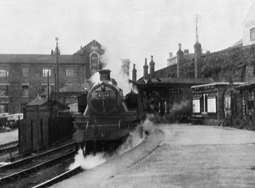
St Philips Station
In Bristol, the original destination of the railway was Avon wharf – a barge dock within the Floating Harbour. St Philips served the Midland Railway and predates Brunel's Bristol Temple Meads station. In comparison, it was a much more modest affair.
St Philips Station has long since been swallowed up by development. Today the Railway Path begins just off the Midland Road – it takes its name from the old railway.
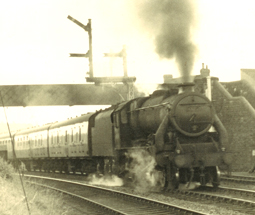
Fishponds Station
Also now lost to urban sprawl, Fishponds Station survived until about the 1980s.
China clay for the potteries and coal were the goods received at one of the sidings and there was a signal box with a siding at the rear.
Part of this went to the premises of an engineering firm, and the rest formed part of the bay platform to Clifton Down.
It was mainly used for bankers and light engines waiting for clearance to go to Barrow Road sheds.
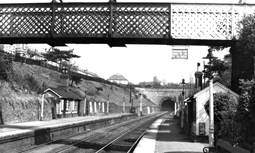
Staple Hill Station
Staple Hill Station was in a cutting just outside the entrance to the tunnel.
The main building was up on street level, with wooden waiting rooms down on the platforms.
The way down was by a zigzag path and a footbridge over the line. The was a small ticket office on the platform.
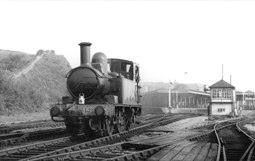
Mangotsfield Station
This important station was at the centre of a triangular junction carrying rail traffic in three directions.
There is a common point of reference between the the picture of the station in the 1960s and as it is now. The site of the pillars supporting the elaborate canopy in the background of the older photo have been remembered with trees planted by Sustrans volunteers.
.jpg)
Warmley Station
The sidings here were for coal and red ochre for the former pipe works.
Warmley had the usual platform with wooden waiting rooms. Next to Bitton Station the waiting room and signal box are the best preserved on the old line.
This station is a good place to stop off as there are toilets and disabled parking facilities nearby.
Bitton Station
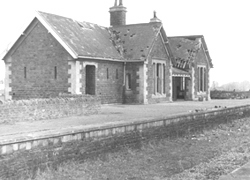
The complete closure of the Midland Railway line in 1971 meant the rapid decline of Bitton Station. The building, constructed from local Pennant stone fell into decay and the track was removed. Through the steady determination of volunteers and with support from an interested public, the Avon Valley Railway has restored the station to its former glory.
Not only have the enthusiasts achieved this despite many legal and practical setbacks, they have also managed to re-lay almost three miles of track, restore several steam locomotives and many more carriages and wagons.
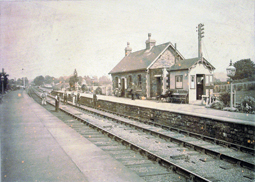
Kelston Station
This station, now demolished, was known as ‘Kelston for Saltford’. This was because the Midland Railway had to purchase land from local landowner Mr Inigo Jones of Kelston to create the track between Saltford and Bath. Mr Jones insisted that the station was positioned where it would benefit Kelston village even though this meant it would have no road access. Would-be passengers had to walk there, creating the need for a new, strong bridge to be built (1868) to take the track over the Avon at Kelston.
Green Park Station, Bath
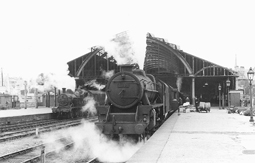
The Railway Path once carried trains further east towards Bath’s Green Park Station on the Midland Railway. The station was the Bath terminus for trains between Bournemouth and the Midlands. Closing in the 1960s, part of the station has become a covered car park. Small shops, and a market area with cafes and eateries now shelter there too.




.jpg)
 The complete closure of the Midland Railway line in 1971 meant the rapid decline of Bitton Station. The building, constructed from local Pennant stone fell into decay and the track was removed. Through the steady determination of volunteers and with support from an interested public, the Avon Valley Railway has restored the station to its former glory.
The complete closure of the Midland Railway line in 1971 meant the rapid decline of Bitton Station. The building, constructed from local Pennant stone fell into decay and the track was removed. Through the steady determination of volunteers and with support from an interested public, the Avon Valley Railway has restored the station to its former glory. 
 The Railway Path once carried trains further east towards Bath’s Green Park Station on the Midland Railway. The station was the Bath terminus for trains between Bournemouth and the Midlands. Closing in the 1960s, part of the station has become a covered car park. Small shops, and a market area with cafes and eateries now shelter there too.
The Railway Path once carried trains further east towards Bath’s Green Park Station on the Midland Railway. The station was the Bath terminus for trains between Bournemouth and the Midlands. Closing in the 1960s, part of the station has become a covered car park. Small shops, and a market area with cafes and eateries now shelter there too.

